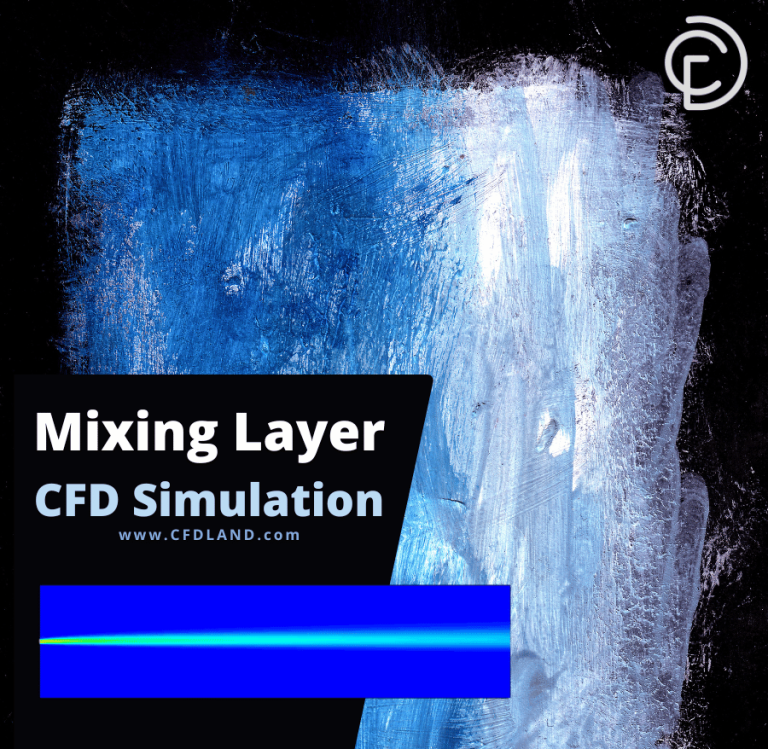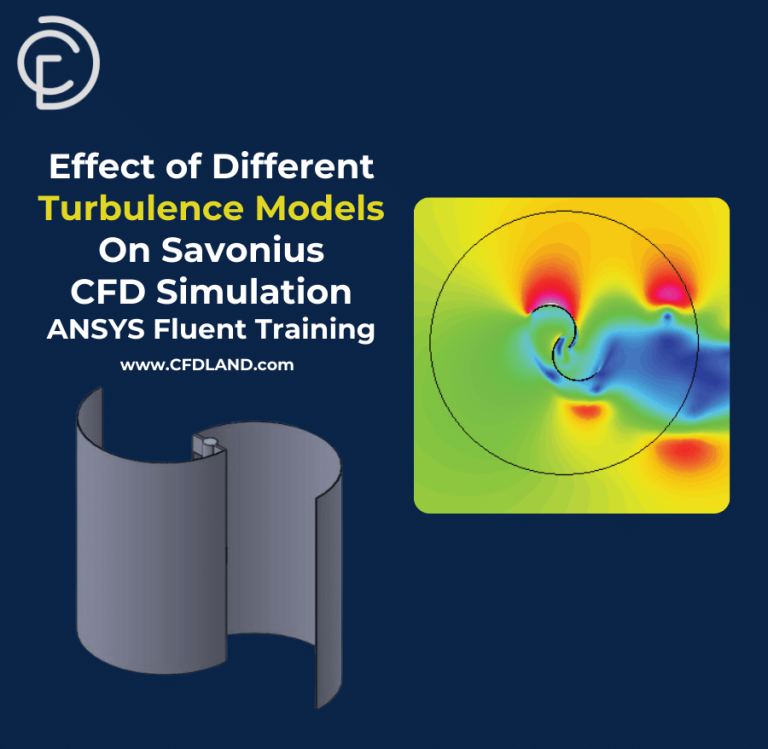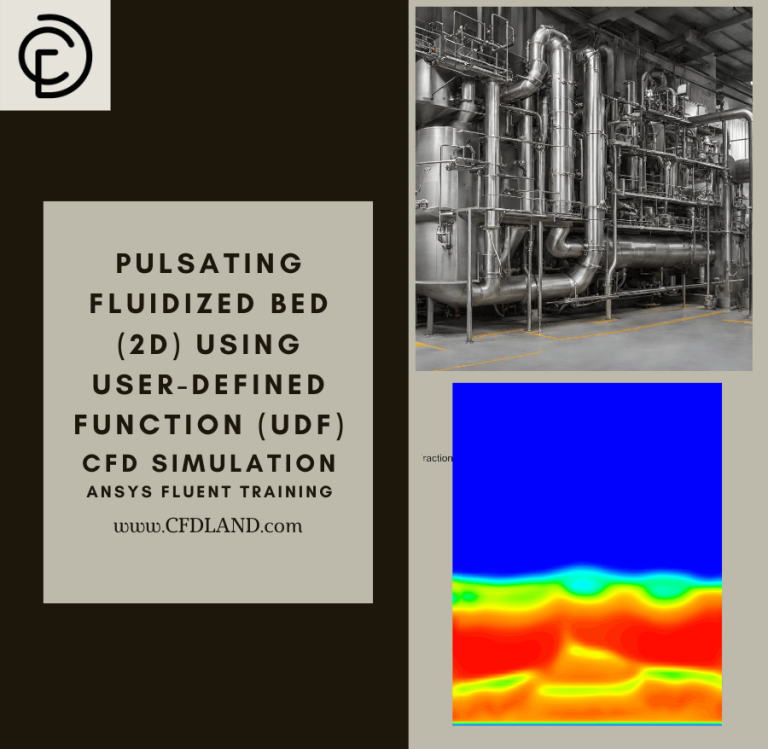Fan Noise Acoustics CFD Simulation Using Broadband Noise Source Model | ANSYS Training Video
Fan Noise Acoustics CFD Simulation Using Broadband Noise Source Model | ANSYS Training Video
- Upon ordering this product, you will be provided with a geometry file, a mesh file, and an in-depth Training Video that offers a step-by-step training on the simulation process.
- For any more inquiries regarding the product, please do not hesitate to reach out to us at info@CFDLAND.com or through our online support assistant.
€195 Original price was: €195.€135Current price is: €135.
This research investigates the acoustic performance of axial fans using a broadband noise source model, comparing a standard base fan with a modified version featuring perforated blades. The study aims to find out how perforation in the blades affects noise levels while keeping the efficiency of the aerodynamic system by testing and analyzing noise levels from both configurations. The comparison results will tell us a lot about how well blade piercing reduces noise in axial fans. This could lead to the creation of coolers that are quieter and work better in a wide range of situations, from HVAC systems to computer hardware.A reference paper called “Reducing the aerodynamic noise of the axial flow fan with perforated surface” guided this study.
Reference [1]: Yadegari, Mehdi, et al. “Reducing the aerodynamic noise of the axial flow fan with perforated surface.” Applied Acoustics 215 (2023): 109720.
Simulation Process
There are two separate domains in the simulation: a smaller circular region containing a fan rotor and a bigger domain around it representing the surroundings and the shroud. Next, the model is discretized into 4889858 and 10132179 polyhedral + Hexagonal cells as shown in Fig. 2. The multiple reference frames (MRF) method is used to model the rotating rotor of the fan. The fan is rotating with 2818rpm angular velocity. More importantly, the Broadband Noise Source acoustic model is our option for the current simulation. According to the reference paper, the SST k-ω model is utilized to account for the turbulent nature of the flow.

Figure 1: Polyhedra grid over 3D Axial Fan CFD Simulation
Post-processing
The acoustic power level plot shows how the base axial fan (Case 1) and the fan with perforated blades (Case 2) compare over a distance of about 5 meters. The overall sound profiles of both fan designs are similar, with the loudest noise levels happening within the first meter of the source. In general, the base fan (red line) has a little more acoustic power than the perforated blade fan (blue line), especially at the highest frequencies. The base fan hits almost 48 dB at the first peak, while the perforated blade fan hits about 43 dB. This is the most noticeable change. This proves that the design of the perforated blades works to lower the maximum noise output. As the distance from the fan rises, the acoustic power levels for both designs drop rapidly, converging to similar values beyond the 2-meter mark. The difference between the two cases, shown by the green line, shows how the open blade design cuts down on noise. The difference curve always indicates positive values, which means that the perforated blade fan has a lower noise profile across the whole range tested. However, the benefits decrease as the distance increases. After looking at this acoustic analysis and the velocity contour data, we can say that the perforated blade design makes a big difference in reducing noise, especially in the close-range area where fan noise is usually the worst. The perforated blades probably stop intense swirls from forming and lower turbulence, which makes the noise level lower overall.

Figure 2: Acoustic Power Level of Fan Noise Acoustics CFD Simulation Using Broadband Noise Source Model

Figure 3: Velocity Distribution of Fan Noise Acoustics CFD Simulation Using Broadband Noise Source Model
We pride ourselves on presenting unique products at CFDLAND. We stand out for our scientific rigor and validity. Our products are not based on guesswork or theoretical assumptions like many others. Instead, most of our products are validated using experimental or numerical data from valued scientific journals. Even if direct validation isn’t possible, we build our models and assumptions on the latest research, typically using reference articles to approximate reality.
Yes, we’ll be here . If you have trouble loading files, having technical problems, or have any questions about how to use our products, our technical support team is here to help.
You can load geometry and mesh files, as well as case and data files, using any version of ANSYS Fluent.
€160 Original price was: €160.€135Current price is: €135.

€265 Original price was: €265.€145Current price is: €145.

€110 Original price was: €110.€95Current price is: €95.

€190 Original price was: €190.€99Current price is: €99.

€220 Original price was: €220.€155Current price is: €155.

€205 Original price was: €205.€155Current price is: €155.



























Reviews
There are no reviews yet.